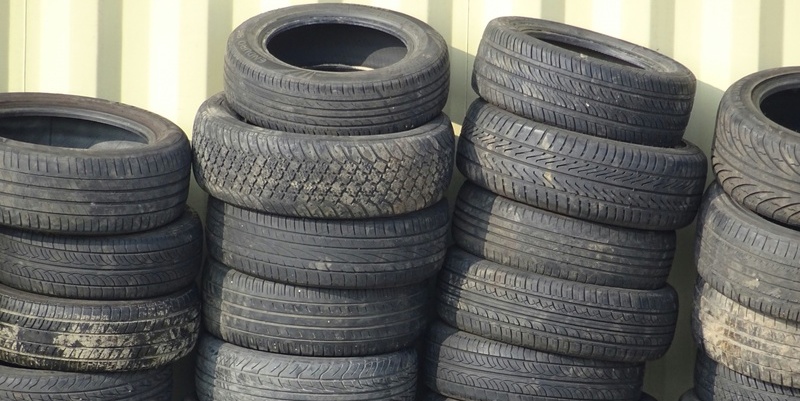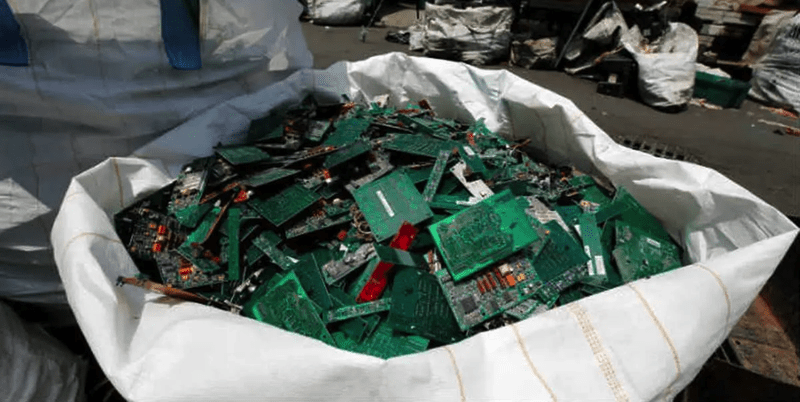Schedule a Call Back
How will Indian manufacturing industry promote sustainable practices?
 Articles
Articles- Aug 29,24

Table 1: Major industrial wastes produced in India
|
Name of the Industrial Waste |
Annual Production (million tonnes) |
|
Flyash |
184.14 |
|
Blast Furnace Slags |
10 |
|
Steel Slag |
12 |
|
Red Mud |
4.71 |
|
Lime Sludges |
4.5 |
|
Lead-Zinc Slag |
0.5 |
|
Phosphorus Furnace Slag |
0.5 |
|
Phoshphogypsum |
11 |
|
Jerosite |
0.6 |
|
Kimberlite |
0.6 |
|
Mine Rejects |
750 |
Source: Jijo James and P K Pandian, Soil Stabilization as an Avenue for Reuse of Solid
Wastes: A Review
Related Stories

Jitendra EV adopts LECCS connector to increase accessibility to charging infra
With the adoption of LECCS, Jitendra EV’s JMT 1000 SW model will be utilising the fast-charging stations on AtherGrid.
Read more
Evolution of India's EV charging infrastructure
The debate between EVs and gasoline vehicles often revolves around cost per kilometer, with EVs having a clear advantage.
Read more
Rising automation increases need for testing and measurement equipment."
In this interview, Manish Dixit, Sales Director – Instrumentation, ABB India, elaborates on factors contributing to the growth of T&M sector and the company's plans to tap opportunities in the sec..
Read more













